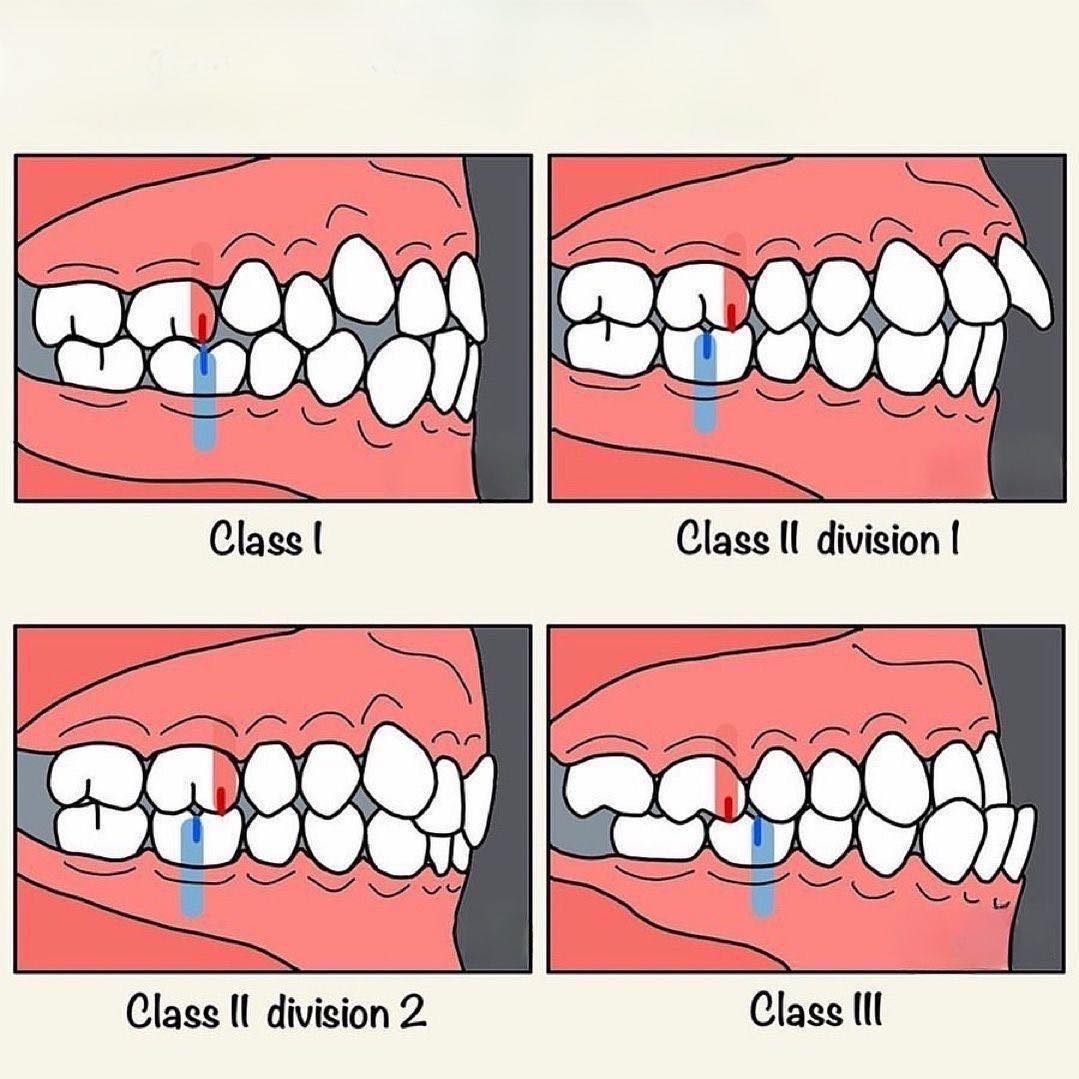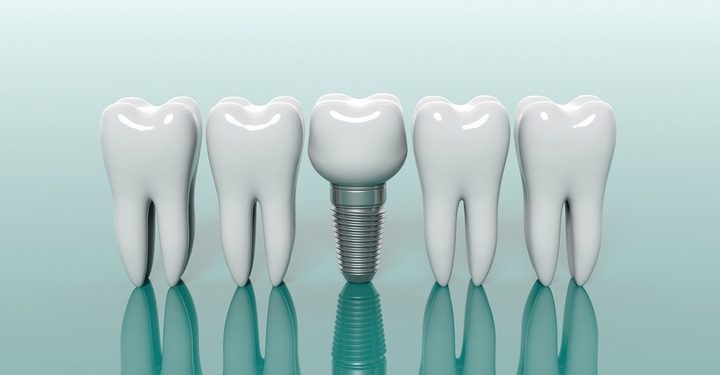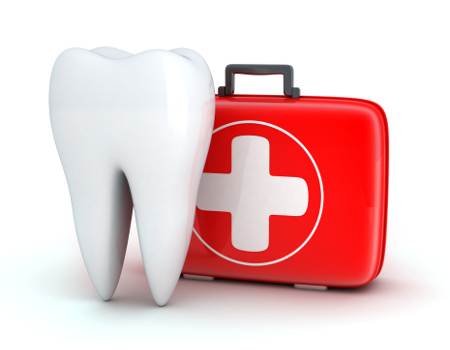Modern Dentistry, Timeless Smiles.
Kevin’s Teeth Alignment Story: Understanding Class I Malocclusion and the Path to a Better Smile
Language :

Topics:
Kevin’s Story
Kevin, a 32-year-old office worker, noticed that his teeth were not perfectly aligned. Though his bite looked fairly normal, he often felt slight crowding on his lower teeth and mild jaw tightness when chewing. He wasn’t in pain, but he wasn’t confident when smiling either.
During his dental visit, his dentist explained that Kevin’s bite was a Class I malocclusion—the most common type of dental alignment, where the upper and lower jaws fit normally, but the teeth may be crowded, rotated, or slightly misaligned.
The good news? This condition is very treatable and can be corrected with modern orthodontic care.
Understanding Bite Classes
The image above shows the different classes of occlusion (bite types):
-
Class I: Normal bite, but teeth may be crooked or crowded.
-
Class II Division 1: Upper teeth are positioned too far forward (commonly known as overjet).
-
Class II Division 2: Upper front teeth tilt inward, creating a deep bite.
-
Class III: Lower teeth are positioned forward, known as an underbite.
Kevin’s case falls under Class I, meaning his jaw position is normal, but his teeth alignment needs correction.
Dental Assessment and Plan
After a full oral examination, Kevin’s dentist recommended:
-
Orthodontic Treatment (Braces or Clear Aligners):
To align his teeth properly without altering his natural bite. Clear aligners were preferred for aesthetic reasons and comfort. -
Professional Cleaning and Scaling:
To ensure gum health before starting orthodontic treatment. -
Night Guard (Optional):
Since Kevin grinds his teeth occasionally during sleep, a night guard was suggested to protect the teeth from further wear. -
Whitening (After Orthodontics):
To complete his smile makeover once alignment is finished.
Time Frame and Results
Kevin’s treatment plan was scheduled over 12 to 18 months, depending on tooth movement progress.
-
After 6 months, his crowding began to improve.
-
By the end of the first year, his teeth alignment was noticeably straighter.
-
Once his treatment was complete, Kevin’s confidence grew—he no longer hid his smile during meetings or photos.
Expert Advice for Similar Cases
If you notice crowding, uneven teeth, or jaw tightness, you might also have a Class I malocclusion.
Here’s what you can do:
-
Schedule a dental consultation to assess your bite and alignment.
-
Ask about clear aligners or braces — modern options are discreet and effective.
-
Maintain regular cleanings every 6 months to support gum and bone health during orthodontic treatment.
-
Wear retainers after treatment to keep your teeth in perfect position.
When to Seek Professional Help
Visit your dentist if you experience:
-
Difficulty chewing or biting evenly
-
Jaw pain or tension
-
Teeth that look crowded or uneven
-
Worn or chipped teeth from misalignment
Addressing these early prevents further wear and improves long-term oral health.
Find a Trusted Dentist Near You
For evaluation or orthodontic treatment, locate your nearest dental professional using our trusted network:
https://cebudentalimplants.com/map-dental-clinic




